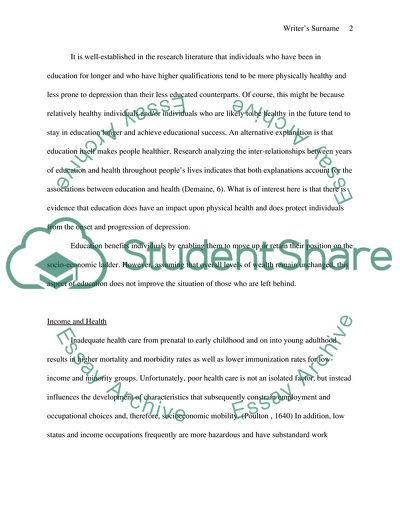Cite this document
(Health and Its Determinants Coursework Example | Topics and Well Written Essays - 2500 words, n.d.)
Health and Its Determinants Coursework Example | Topics and Well Written Essays - 2500 words. https://studentshare.org/health-sciences-medicine/1709290-health-and-its-determinants
Health and Its Determinants Coursework Example | Topics and Well Written Essays - 2500 words. https://studentshare.org/health-sciences-medicine/1709290-health-and-its-determinants
(Health and Its Determinants Coursework Example | Topics and Well Written Essays - 2500 Words)
Health and Its Determinants Coursework Example | Topics and Well Written Essays - 2500 Words. https://studentshare.org/health-sciences-medicine/1709290-health-and-its-determinants.
Health and Its Determinants Coursework Example | Topics and Well Written Essays - 2500 Words. https://studentshare.org/health-sciences-medicine/1709290-health-and-its-determinants.
“Health and Its Determinants Coursework Example | Topics and Well Written Essays - 2500 Words”. https://studentshare.org/health-sciences-medicine/1709290-health-and-its-determinants.


